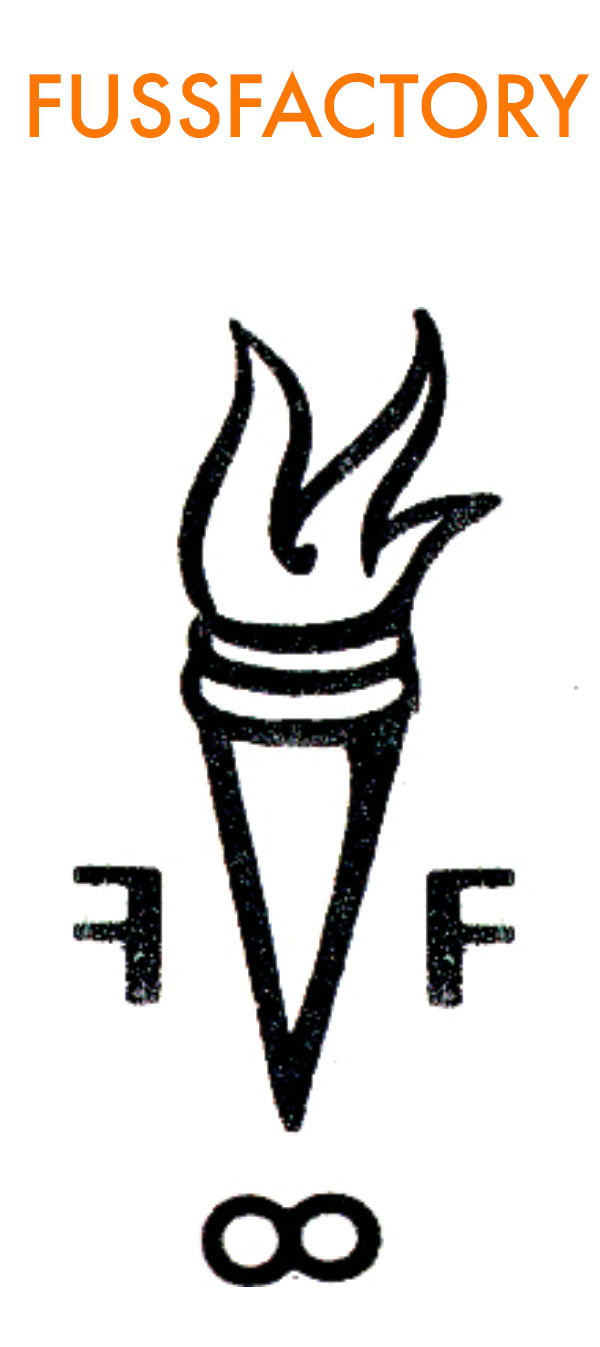#sparkchamber 120318 — Clynton Taylor
A chilly hello to December, and a warm #sparkchamber welcome to innovation strategist, design coach, and organizational anthropologist Clynton Taylor. With more than 20 years of experience working both within companies and as a consultant at top design and innovation strategy firms, Clynton applies a unique blend of expertise in anthropology, design planning, organizational psychology, and business strategy to help organizations identify new opportunities, become more innovative, and build new products, services, and businesses. “I thrive on figuring out unique ways to solve complex challenges to achieve what was previously thought unattainable. Whatever it takes, I'll get it done.”
As a trusted advisor to a number of the world’s most innovative organizations, such as Harley-Davidson, Intel, Carhartt, eBay, Target, Novartis, PepsiCo, and FedEx, Clynton’s work has been profiled in the New York Times, Fast Company, and Business Week. His formal education includes doctoral studies in Organizational Psychology, and an undergrad focus of International Marketing. See more of his work at his website.
Clynton also shares the wealth of his knowledge, as a professor in the Masters of Business Innovation program at CEDIM in Mexico, and as an adjunct professor in the Masters of Interaction Design at the California College of the Arts in San Francisco.
1.] Where do ideas come from?
Great ideas — all ideas for that matter — come from anywhere except a vacuum.
A core concept I teach in my Masters of Business Innovation classes is that all innovation is a new mashup of existing ideas. It’s the mashup that is innovation. One implication of this is significant: innovation is not the sole domain of “great thinkers” but rather, something anyone can do.
The difference between those who often call innovative is that they — to borrow from the classic Nike tagline — just do it.
So, if you want great ideas, get out there and become familiar with as many existing ideas as possible. Go to a restaurant you’d normally not go to. Pick up a magazine you would normally never read. And introduce yourself to someone new and listen to their stories. You’ll be amazed at the great ideas this sparks for you.
2.] What is the itch you are scratching?
Helping people rediscover their superpowers. I say “rediscover” because as humans, we all have superpowers. It’s just that they’ve been suppressed by the institutions of education and employment. They’re there, just dormant.
Uncovering our innate abilities to, for example, tap into our emotions for guidance, empathize with others, and act creatively to solve challenges, is the surest way for us to thrive as humans.
In a world where the prevailing sentiment seems to be that machines will ultimately replace the need for humans, the answer is not to be more machine-like [we’ll never be able to outsmart them], it’s to be more human.
Helping companies realize and leverage those super powers is what drives me.
3.] Early bird or night owl? Tortoise or hare?
Cat. I need frequent naps, but almost never take them. I do find, though, that when I at least pull away from what we think of traditionally as work I do my best thinking. The trick is knowing when to reset and when to focus on the task at hand. Not sure I’ll ever get that right.
4.] How do you know when you are done?
In retrospect only. It can be all too easy in the moment — especially with creative work — to lose sight of when enough is enough. Especially with ambiguous work where there is no exact definition of what done looks like. Knowing when to get input from others is helpful here, as is debriefing every process to pull out explicitly what worked and what didn’t.


